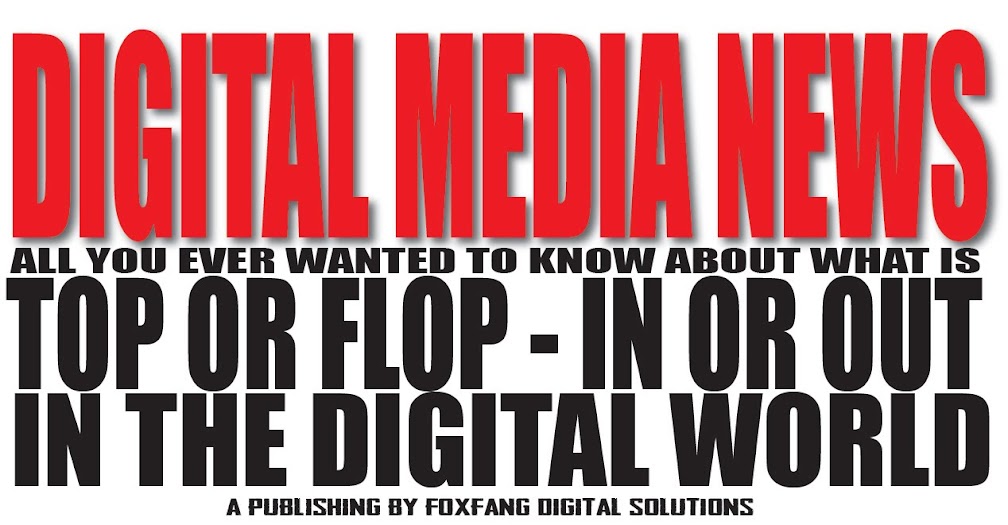The Basic Forms of Social Media
“I am on Facebook, I
did my share to participate on Social Media Platforms”
 |
| Social Media Landscape |
Facebook is a great way to start but it doesn't cover the
whole of Social Media. It actually is just the tip of the iceberg. There are
countless other instruments of Social Media which allow us to interact, share
and act in response.
Social Networks
Social Networks allow people to build personal landing pages and connect with friends, share content and interact. These social platforms offer targeted advertising and their huge user base makes them an ideal marketplace for various brands. Facebook alone for example, has 845 million users worldwide and it provides marketing departments, despite external privacy concerns, with very specific data to zero in on their respective target audiences.
But it doesn't stop there. Just look a bit into Barack
Obama’s last election campaign where he employed various Social Media Tools to
create deep and meaningful discussions with people from all social backgrounds
from all across the U.S.
Many people use the social networks of their choice to
search for information as well. This makes Social Networks one of the most
important the most important media vehicle.
Blogs
 |
| Major Blogging Sites |
Blogs are online periodicals where people write for specific
groups keen to consume information and experiences by means of text, videos and
photos. Sites like Blogger or Wordpress are great tools to “get the word out
there” and as well to brand and market your services or products.
Many blogs have a huge fan base and are in fact quite
powerful when it comes to shape opinions. They have become immensely
influential and carry a lot of weight with potential buyers of products and
services.
Wikipedia
 |
| Julian Assange - Knight of Information |
Wikis allows people not only to place and access information
but also to modify and update content. They add a completely new spectrum to
information sharing by giving a new meaning to the term “shared workspace”
Wikipedia has fast become the preferred source of
information for students and professionals alike. It’s an easy-to-use encyclopedia
for primary research and rapidly replaces most other means of unearthing
information.
But one can not underestimate the influence of these sites.... just keep Julian Assange and his Wikileaks in mind....
Content Communities
These are groups who share a specific kind of content.
Flickr for example is formed around sharing photos and other communities like
YouTube share videos.
Not unlike other social networks you have to register,
create a landing page and connect with your friends and other people. The only
difference is that these content communities aim is to share a specific type of
content.
Microblogging
This is social networking with bite-sized blogging of
content where very small amounts of information are handed out online and
primarily through mobile networks. The market leader in this field is clearly
Twitter.
Podcasts
These are video and/or audio files that users can subscribe
to. They are posted on the net and only subscribers have access.
When a new podcast is posted, all subscribers’ podcast
services (eg. iTunes) are automatically notified and hence get downloaded to
the respective computers’ hard drive. Users have the possibility to listen
directly on their computers or download it to external media like MP3 players.
Groups and Forums
Forums & Groups normally are clustered around specific
subjects and interests. Forum-discussions are known as “threads” and various
threads can be active at the same time.
This makes forums a great place to gather information as you
can type a specific question in your browser and will get explicit answers. Forums
can also be places for sharing news, engage in discussions, flirting or simply
chat away.



